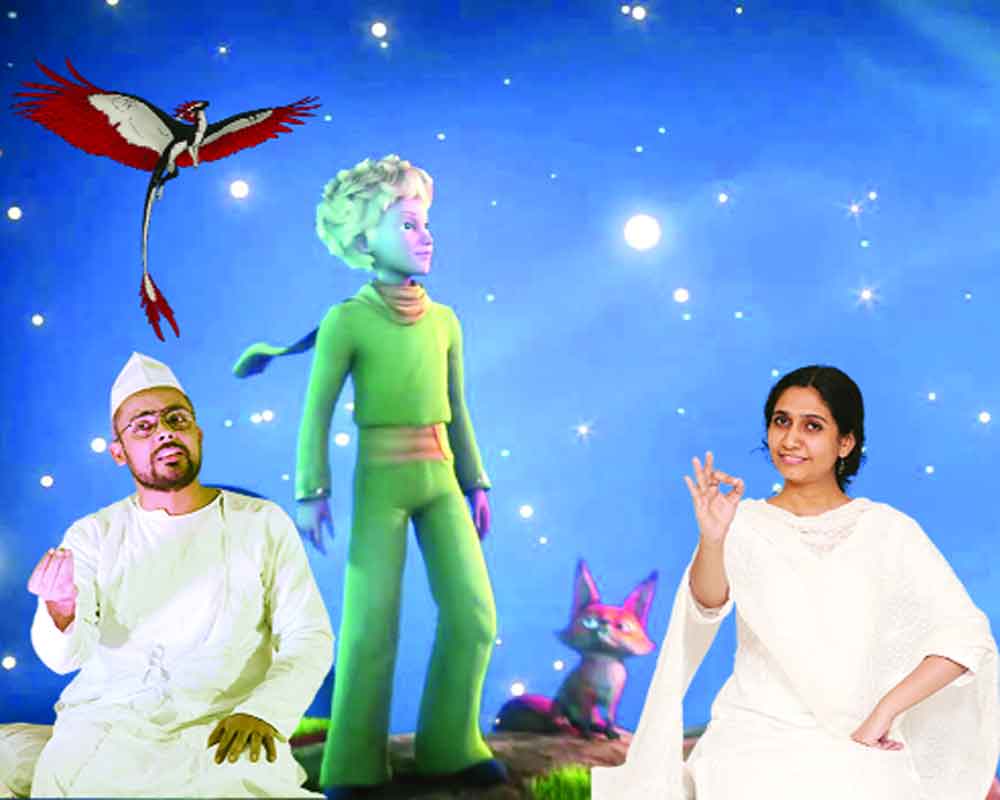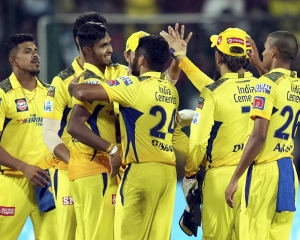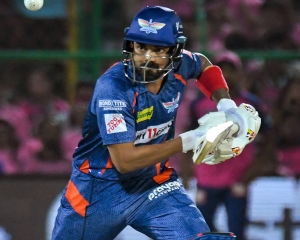An evening of Dastangoi transports Yashna Shetty to a world of fairies, djinns and prophecies where she finds contemporary relevance
Waiting excitedly for the show to begin in the cozy and intimate indoor auditorium of the Akshara, the somewhat young-looking audience spent most of their time taking pictures of the beautiful set-up on the small wooden stage, under dulcet lighting. A divan covered in a white sheet accompanied by two white bolsters sat in between two tall white candles, which heightened the intensity once the show began. Two decorative silver bowls had been placed on either sides of the divan, which all three pairs of Dastangos (narrators) drank water from, regularly. An enthusiastic and responsive audience helped the story-tellers gain confidence with occasional laughs and applause. What seemed to be a mixed audience, in terms of age, enjoyed every bit of the dastaans or stories and ended with them making plans of them wanting to attend the Dastangoi Summer Festival at the Akshara.
For those of you who aren’t familiar with the word, Dastangoi simply means the art of storytelling. Derived from two Persian words dastan and goi that mean simply “to tell a dastan.” A dastan was an epic about adventure, magic and warfare, which were usually recited or read aloud. In this tradition, the story of Hamza seemed to stand out early on. The Persian versions of the story narrated the life and adventures of Amir Hamza, supposedly an uncle of the Prophet Mohammed. Marked out by fairies, djinns and prophecies, Hamza travels to different lands and even as a young child shows great skill and courage. Summoned by the chief minister of the King of Persia due to his proficiency, to aid the King in his troubles, encountering many journeys, beings, species and realms, Hamza remains victorious and unvanquished right to the end.
Akbar was very fond of the narrative and would recite it himself. In fact, one of the first artistic projects under him was an illustrated version of the Hamza story, which came to be known as Hamzanama. It was a mammoth task which consisted of over 1,200 folios, each at least a yard and a half by a yard in size, making it a one of a kind project. Nothing of that size, ambition or scale was ever attempted again by the Mughal Empire, with regard to the Hamza story. The next two centuries saw various Persian versions of the Hamza story circulated in India, with an occasional mention of the Dastangos, who performed them. While the Hamza story was performed and recited in many other parts of the Islamic world, in places as far away as Morocco and Indonesia, in most other places it was a part of a musical story-telling tradition.
The Dastangoi Collective was founded by Shamsur Rahman Faruqi, Mahmood Farooqui and Anusha Rizvi around 2005. Mir Baqar Ali, who passed away in 1928, is said to be the last greatest Dastango of Delhi. Farooqui tells us how he revived the tradition during a performance with his school friend. “We now have around 50 to 60 people in the country who are properly trained in the art of ancient Urdu story-telling or Dastangoi. We are very happy to see it growing. People are doing it in Pakistan and just the other day I got a call from someone in Nagpur, who informed me that he was doing it there,” says he.
Senior dastango, Poonam Girdhani tells us that she started her life as a theatre actress but she finds Dastangoi a very flexible format to work in, both as a performer and in terms of the storytelling. For instance, she says, “I recently incorporated the story of Buddha into a dastan. You can easily spin stories around contemporary politics and happenings as well, which makes it an exciting form to work in.”
Farooqui says that the response from the audience seems to be very supporting, warm as well as encouraging. “On the first day of the festival, we had a totally new and quite young audience, who weren’t well-versed in Urdu at all, yet they were receptive and supportive. It’s so wonderful to see youngsters supporting and showing enthusiasm. We usually conduct workshops where we are able to select a few people. However, Dastangoi needs years of practice and cannot be done in simply two months,” he adds. Farooqui further tells us that the tradition is far from dying and gives us an opportunity to experiment with the way we narrate stories. “The Veda, Ramayana, Mahabharata were all meant to be recited aloud and Dastangoi is also done on the same basis.”


























